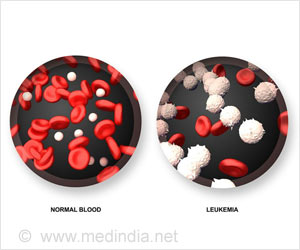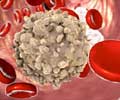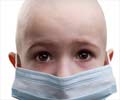Neuroblastoma in children require intense chemotherapy treatment changes the genome resulting in leukemia (blood cancer) needs possible strategies beforehand to monitor the secondary cancer.

The researchers sequenced the whole genomes of bone marrow and blood samples of two children who both had developed blood cancer following high-risk neuroblastoma treatment and discovered that the seeds of secondary leukaemia were sown by neuroblastoma chemotherapy right at the beginning of treatment.
Dr Sam Behjati, co-lead author and group leader at the Wellcome Sanger Institute, said: "We have been able to unravel the root of secondary leukaemia in these children which seems to lie in the early stages of neuroblastoma treatment. We hope to further investigate this to try to identify children at higher risk, and to inform a more tailored treatment plan to reduce the risk of secondary leukaemia”.
Neuroblastoma chemotherapy induced secondary leukaemia due to mutations in genome is identified by pre-leukaemia seeds as pre-cursors for blood cancer can be used in the future to identify the children who are at higher risk of developing secondary leukaemia and develop strategies to monitor secondary cancer for individualized treatment plans.
Source-Medindia















